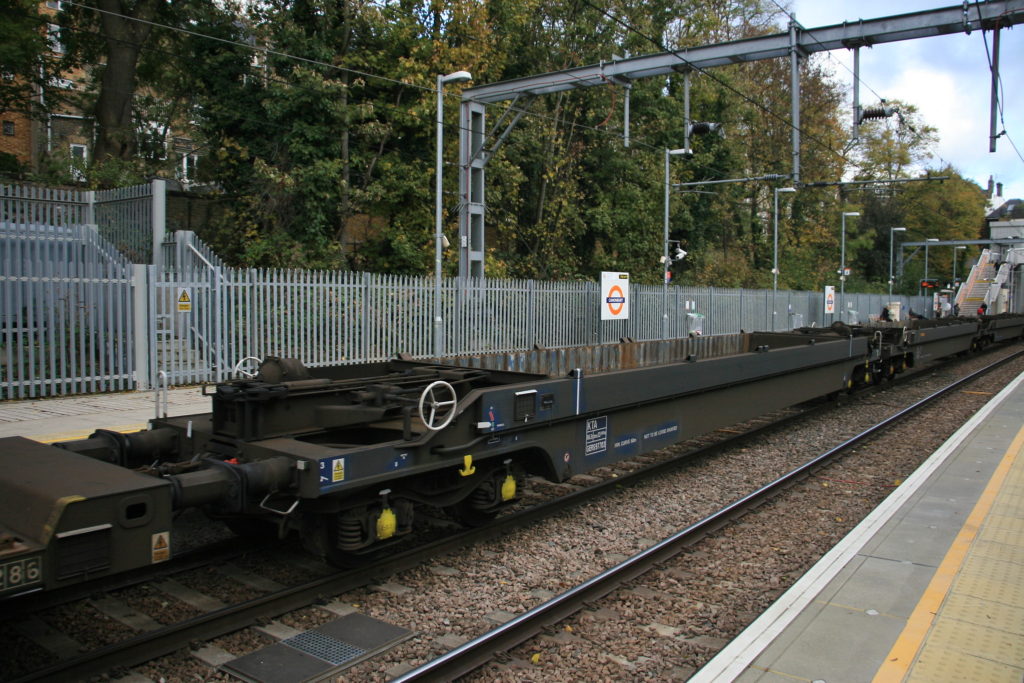Rail Freight: Challenges and Opportunities
 The advantages of rail freight give us some insight into the possibilities and challenges faced by a rail freight service provider. The strengths and weaknesses of rail freight as a modality have been briefly covered. A rudimentary appreciation of the constraints reveals the activities in which value can be amplified or eroded, according to management decisions, group-wide concerns, long- versus short-term ambitions, and so on.
The advantages of rail freight give us some insight into the possibilities and challenges faced by a rail freight service provider. The strengths and weaknesses of rail freight as a modality have been briefly covered. A rudimentary appreciation of the constraints reveals the activities in which value can be amplified or eroded, according to management decisions, group-wide concerns, long- versus short-term ambitions, and so on.
So far, we can see that value-creative activities are likely to cluster around the risk-incurring activities, which are:
- Train path purchasing: risk is incurred by the mismatch of available supply (paths purchased or purchasable) with predicted demand.
- Locomotive management (CAPEX and OPEX).
- Train composition of wagon loads: fixed costs will be high, capacity adjustment is a general rail problem likely keenly felt. The inclusion of train composition as a significant risk/potential value generator is based on the assumption that enough profit already exists in the mixed freight market to justify continuation. The case for trainloads is far stronger. Rationalisation of facilities location and improved automation will likely strengthen operational economies.
- Marketing needs to secure trade from traditional rail freight users; but, if growth is a priority, also acquire new trade. This is likely to be a challenge in the current environment of responsive, agile logistics solutions. Many manufacturers seeks time-based solutions such as just-in-time, Quick Response, and postponement to reduce their exposure to inventory risk. Only modalities that can operate profitably while meeting the customers’ flexibility requirements can compete for that trade.
